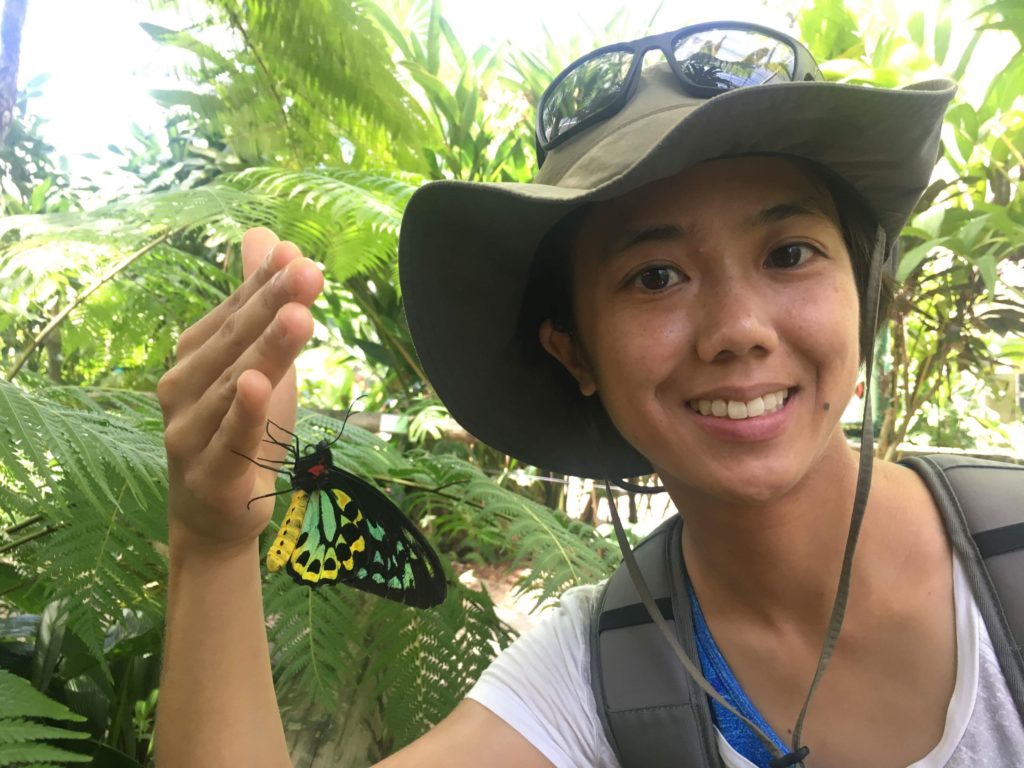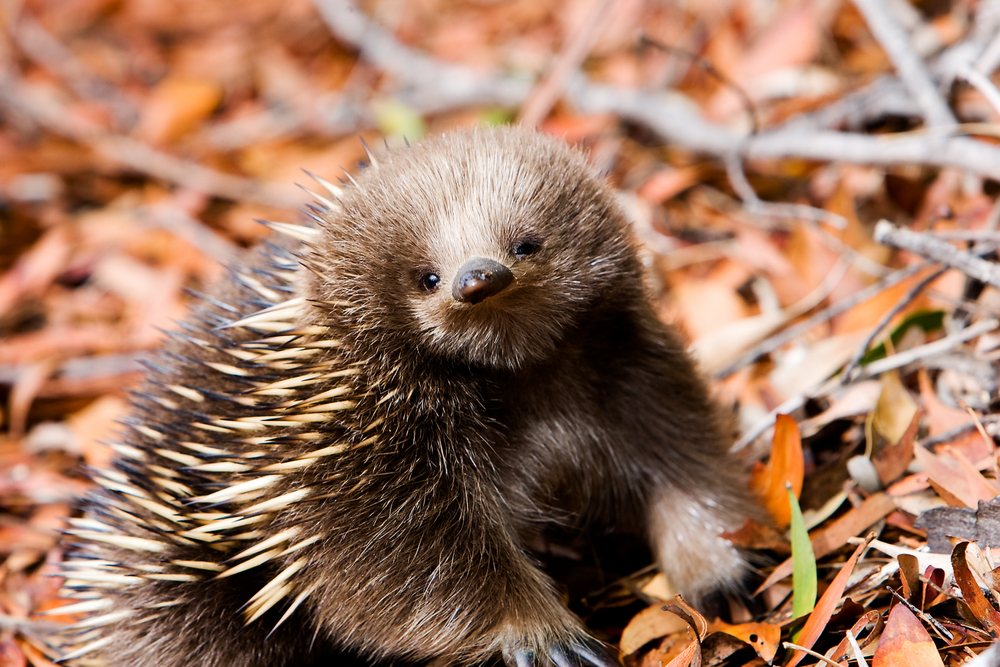- The socio-economic theory of animal abundance - 01/04/2021
- Home and Away: Australian expats - 13/12/2019
- Home and Away: Monotreme mistakes - 22/11/2019
Natural history museum collections are invaluable snapshots of history. Research collections can be used to trace how animals have changed over time. Collections are also a reflection of the people and attitudes at the time it was curated. There is a well-represented collection of native Australian animals in the Zoology Museum at Trinity College Dublin. Well-represented in many sense of the word. This is a story about the red land down under, Australia, and the collection of Australian animals held in overseas museums around the world. It is a story in parts. This is the second part. Read the first part here.
Monotreme Mistakes
Echidnas (Tachyglossus aculeatus) are monotremes; Order Monotremata within Class Mammalia. They have hair and produce milk like other mammals but unlike other mammals, they lay eggs. Monotremes are endemic to Australia and New Guinea and consist of the four species of echidna and the platypus (Ornithorhynchus anatinus).

The Zoology Museum has a taxidermied echidna on display. To an Australian, the specimen in the museum doesn’t look right. Superficially, it looks like it’s been stuck in a wind tunnel, its spines are too sleek. Whereas if you watch a live echidna, they are round and waddle. But that’s not it. Upon closer inspection, the echidna is anatomically incorrect.
Echidnas are built for digging. They have short powerful limbs and large claws which they use to turn over the soil in their quest for ants and termites. Any zoologist who has tried to extract an uncooperative echidna from a hole knows what I’m talking about. One of the echidna’s adaptations for digging is backward facing hindfeet. That’s right. Backwards facing hindfeet.
The Zoology Museum’s echidna has forward facing hindfeet. But we don’t love it any less. This echidna is a textbook example of early European taxidermy. In those early times, specimens like this echidna would have been hunted and shipped to Europe to be mounted. Sometimes only skins and drawings were sent. It was up to the taxidermist on the other side of the world to assemble a realistic looking mount, having never seen an echidna before or been to Australia. The taxidermist who prepared this echidna decided that this specimen should have forward facing feet. To rotate the feet, they would have had to break the bones in the hind leg, which is partly why it doesn’t look right.
Echidnas are not the only animal to suffer at the hands of a taxidermist who didn’t know better. Walruses, various big cats, kangaroos and many more have been misrepresented to humorous or cringe-worthy results. Luckily for us, or we wouldn’t have bad taxidermy. Look it up; it is worth your time.

The Museum also has a platypus. This platypus looks alright, unlike in other museums. Platypuses are another classic story in the history of collecting Australian animals. When platypus specimens were first sent to Europe, they were believed to be a hoax like someone had stitched together a duck and a beaver. Those early naturalists could be forgiven though. The weird and unusual from a foreign land were all the craze in the 19th century and those who could afford it paid good money to get their hands on the latest discovery. Enterprising businessmen and rogue taxonomists capitalised on the trend, leading to other famous examples of taxidermy hoaxes like the Fiji mermaid, wolpertingers or haggis. Platypuses, though elusive, are very much real and were targeted by early fur hunters. Today, they are threatened by water pollution, habitat degradation and drowning in illegal fishing traps.
The echidna and platypus are stories that evoke a sense of wonder about what it was like to be an early European explorer in a foreign land or a naturalist hearing about the flora and fauna on the other side of the world for the first time.[efn_note] A book on the subject is ‘Upside Down World: Early European Impressions of Australia’s Curious Animals’ by Penny Olsen, 2010, National Library of Australia.[/efn_note] Natural history collections are priceless records that should be properly preserved and curated because they can tell us as much about ourselves and our history than they do of the natural world.

Dr Jacinta Kong is a teaching and research fellow in the Department of Zoology at Trinity College Dublin. She is an Australian who does not understand cricket or Australian rules football and she does not like vegemite. Milo in coffee is an acceptable drink.

